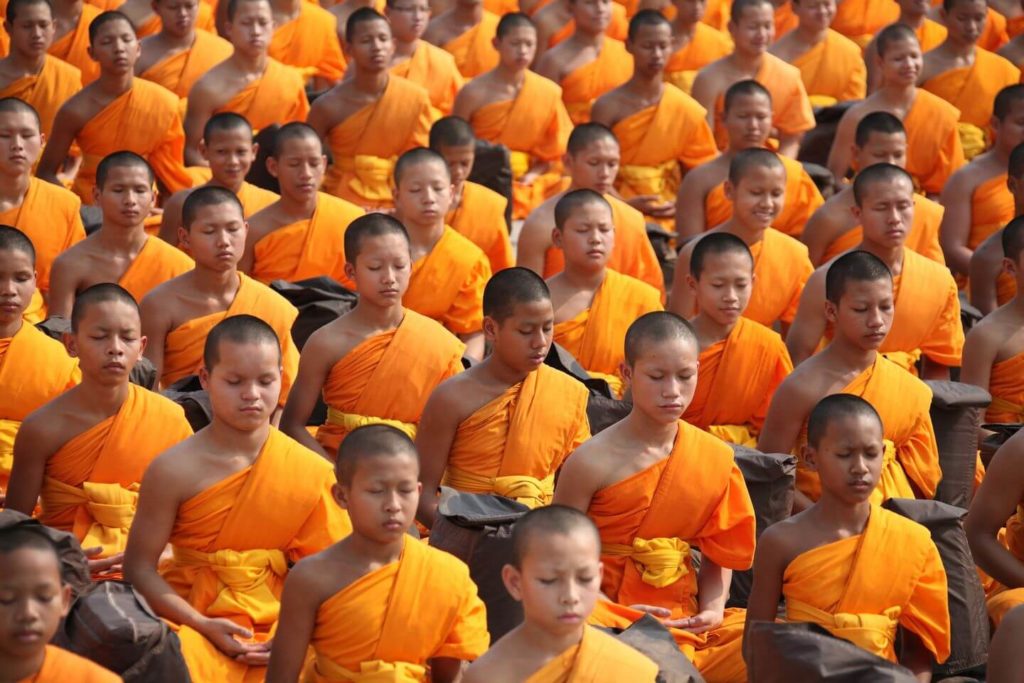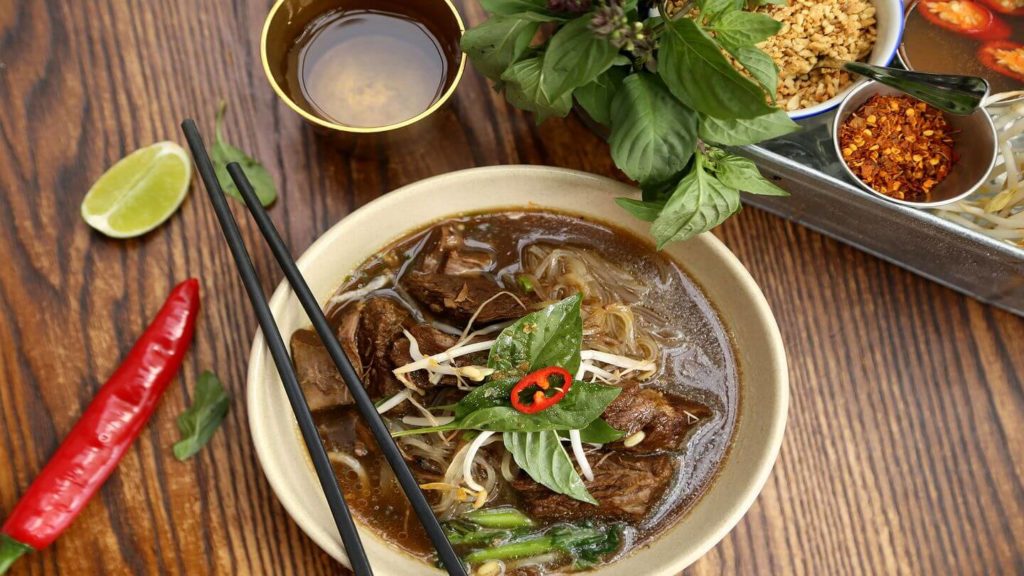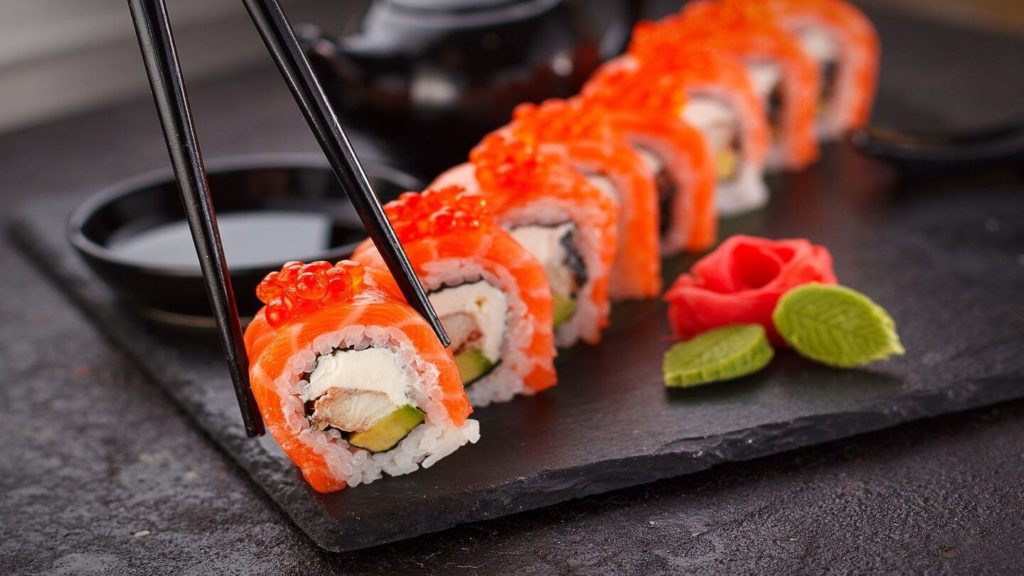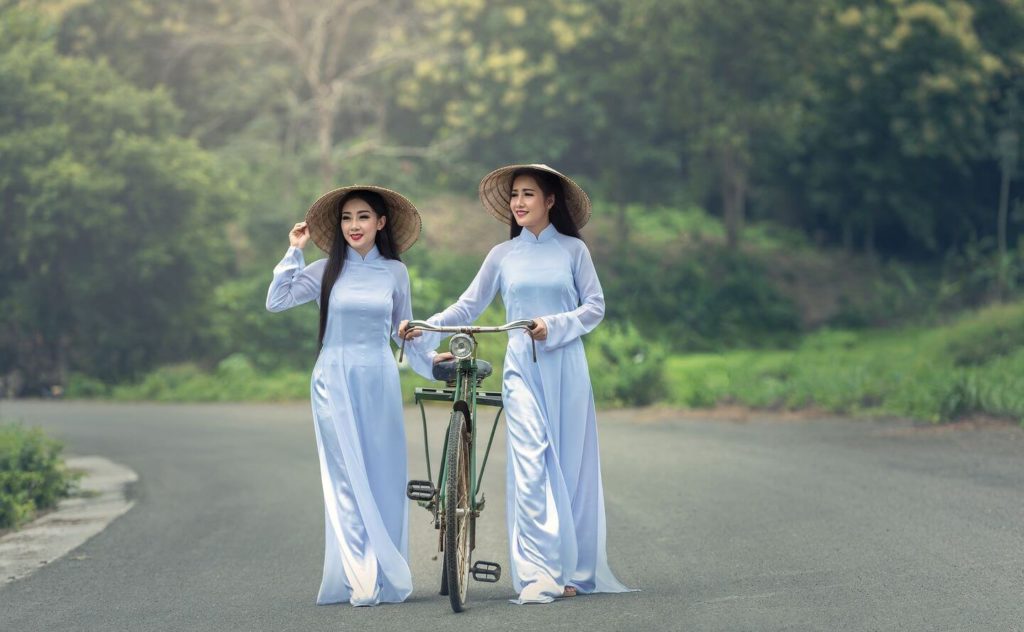Recently updated on May 19th, 2024 at 09:07 am
Asia is an extraordinary continent full of diverse cultures, traditions, religions, languages and cuisines. For many travellers, it’s like a whole new world with so many beautiful landscapes and cultural experiences to explore. Wherever you travel, it’s important to be respectful of the local culture and traditions. Since they’re often quite different from what you’re used to, it’s best to start learning about it before you go! To help get you started, we’ve rounded up 12 of the most interesting Asian customs and traditions to know before you visit Asia.
1. Different greetings


While you might be used to a handshake, it’s not always the best way to greet someone in Asia. In Thailand, the main way to greet someone is the ‘wai’. You bring your hands together in a prayer gesture and give a slight bow or nod of the head while saying hello or goodbye. You should also acknowledge the oldest people in the room when you arrive and leave, as this is a great sign of respect.
In Japan and South Korea, bowing can be used as a greeting and symbol of respect. You perform a bow by bending from the waist with your back straight and eyes down. There are lots of different etiquette rules that go into the bow, including the depth and duration of the bow. A deep bow is usually reserved for formal settings, so an informal bow is perfectly acceptable for travellers.
You may also encounter bowing in China. However, it’s usually reserved for very formal events such as funerals or religious ceremonies. A small head nod is more commonly used to express thanks, rather than as a greeting. And if you do find yourself shaking hands as a greeting in Asia, don’t shake too firmly. This is seen as a sign of aggression or rudeness, so remember to keep it light!
RELATED CONTENT: Why everyone needs a bucket list trip to Asia at least once in their lives
2. Kick off your shoes
One of the most common Asian traditions is taking off your shoes! You’ll find yourself removing your shoes before you enter homes and temples all over Asia, from Vietnam to China. It’s a sign of disrespect to enter a temple with shoes. Plus, in some Hindu temples in India, oil is often used during prayers, so you might even slip and fall if you’re not careful.
Removing your shoes before entering a home in Asia is another essential act of courtesy, and it’s all about keeping your home clean. You can still wear socks or house slippers if that makes you more comfortable. In fact, in most Asian countries like China, Japan, South Korea and Cambodia, indoor slippers will be provided in many homes, restaurants and hotels. You’ll also find many homes in South Korea and Japan are built with heated floors, to help keep your toes nice and toasty!
RELATED CONTENT: Sacred Sites in Asia: From Temples to Pagodas


3. Mind your head and feet
In many Asian cultures, the head is considered the most sacred part of the body. You should never touch anyone on the head – even children or Buddha statues. On the other end, feet are considered the dirtiest part of the body as they touch the ground and are furthest from the head. You should never point the soles of your feet at anyone or anything sacred… It will look like you’re giving them the finger! If you’re sitting down in a temple, restaurant or home, remember to keep your feet politely tucked beneath you.
EXPERIENCE IT FOR YOURSELF: Highlights of Vietnam
4. Slurping is good
Many Asian countries are famed for their extreme politeness and courtesy, especially when it comes to dining etiquette. So it may surprise you to learn that slurping is usually considered to be totally polite. In Japan, you show your appreciation for your noodles by slurping on them – the louder the better! In China, you slurp and burp to signal that you enjoyed your meal, and to give compliments to the chef. However, in South Korea, it’s similar to Western culture in that it’s rude to slurp or chew with your mouth open.
RELATED CONTENT: Delicious Southeast Asian Dishes You Must Try


5. Share your food
Another common Asian tradition is sharing food. Most Asian households like to prepare a bunch of dishes and share them all together around a big table. If you’re going out to eat, it’s custom to order a few main dishes and share everything, rather than order individual dishes… And it’s a great way to get a taste of everything!
You’ll also need to brush up on the dining etiquette of the country you’re visiting, as each Asian country has its own unique traditions. For example in China or Japan, you should never leave your chopsticks standing up in your bowl, as this is similar to funeral practices. If you’re finished with your meal, simply lay them to the side on the table or on a special chopsticks rest.
EXPERIENCE IT FOR YOURSELF: Best of China with Yangtze Cruise
6. Pouring drinks
In many Asian cultures, if you’re served a communal drink at a meal, you should never pour your own drink from that bottle. It’s seen as greedy and disrespectful. Instead, you should wait for someone else at the table to pour the drink for you. But don’t worry about going thirsty! In many countries like China, the host will keep refilling your glass or teacup, as it’s all part of their hosting etiquette. If you do want to refill your own drink, be sure to refill the cups around you that are low first, then fill yours last. This is especially important if you are dining with people who are older than you.
RELATED CONTENT: Stays with Stories: Five Unique Accommodations in Asia


7. Public displays of affection
In practically every Asian culture, it’s rude for members of the opposite sex to kiss, hug or hold hands in public. These are considered to be intimate acts that are only done in private, so save the PDA for your room!
8. Holding hands
On the flip side, hand-holding between people of the same gender is totally okay in many Asian countries like India. It’s simply seen as a sign of companionship. Don’t be surprised to see two men or two women holding hands, linking arms or hugging in public. It’s just a lovely way to express your friendship.
EXPERIENCE IT FOR YOURSELF: Colourful India with Nepal


9. Tipping
While more touristy restaurants and hotels will include gratuity on the bill, leaving a cash tip is not really expected in many Asian countries. In fact, in China and Japan, tipping can actually be considered offensive and refused. In most Southeast Asian countries like Thailand and Vietnam, tips are not customary but you are welcome to leave one and it is always appreciated.
EXPERIENCE IT FOR YOURSELF: Splendours of Japan
10. Gift-giving
If you want to give someone a gift in Asia, remember to check up on the etiquette and traditions before you do! In China, people will always refuse your gift a few times before accepting and you should never give someone a clock. In Singapore, never wrap your gift in blue, black or white colours as this is similar to funerals customs. When in Thailand, try to wrap your gift in yellow or gold colours, while in Indonesia, red and gold are the lucky colours. You should also be aware that your host probably won’t open the gift until after you leave out of politeness.
RELATED CONTENT: Responsible Travel in Asia – 6 local experiences that give back


11. Squat toilets
The squat toilet may seem daunting at first if you’re used to Western toilets. But if you’re travelling around Asia, you’ll soon get used to it! You’ve just got to practice and build up your leg strength, but once you’ve got it, you’ll find that it’s much healthier for your bowels! In many public squat toilets from Sri Lanka to Vietnam, the floors are always wet as water hoses or bidets are used instead of toilet paper. You’ll quickly get used to these too… In fact, many travellers become life-long converts to the bidet after using them in Asia!
If you prefer toilet paper, remember to bring some with you in your day bag. If you need to catch a break from all that squatting, remember that most hotels and upscale restaurants offer Western toilets and toilet paper.
EXPERIENCE IT FOR YOURSELF: Singapore Explorer


12. Asian New Year traditions
In most Asian cultures, New Year is a big deal… And they don’t all celebrate it on January 1st. China and Vietnam celebrate the date according to the Lunar calendar (usually at the start of February), while Thailand, Cambodia and Laos celebrate their Buddhist New Year in April.
New Year is especially fun in Thailand, where they celebrate with the Songkran water festival and splash each other with water to wish a year of blessings. The country basically becomes one big water fight for a week, and no one is safe… Not even tourists! You’ll find fun events in the big cities like Bangkok and it’s a great way to cool down in the Thai heat.
EXPERIENCE IT FOR YOURSELF: Thailand and Cambodia Uncovered
Do you know any interesting Asian culture traditions? Let us know in the comments below!